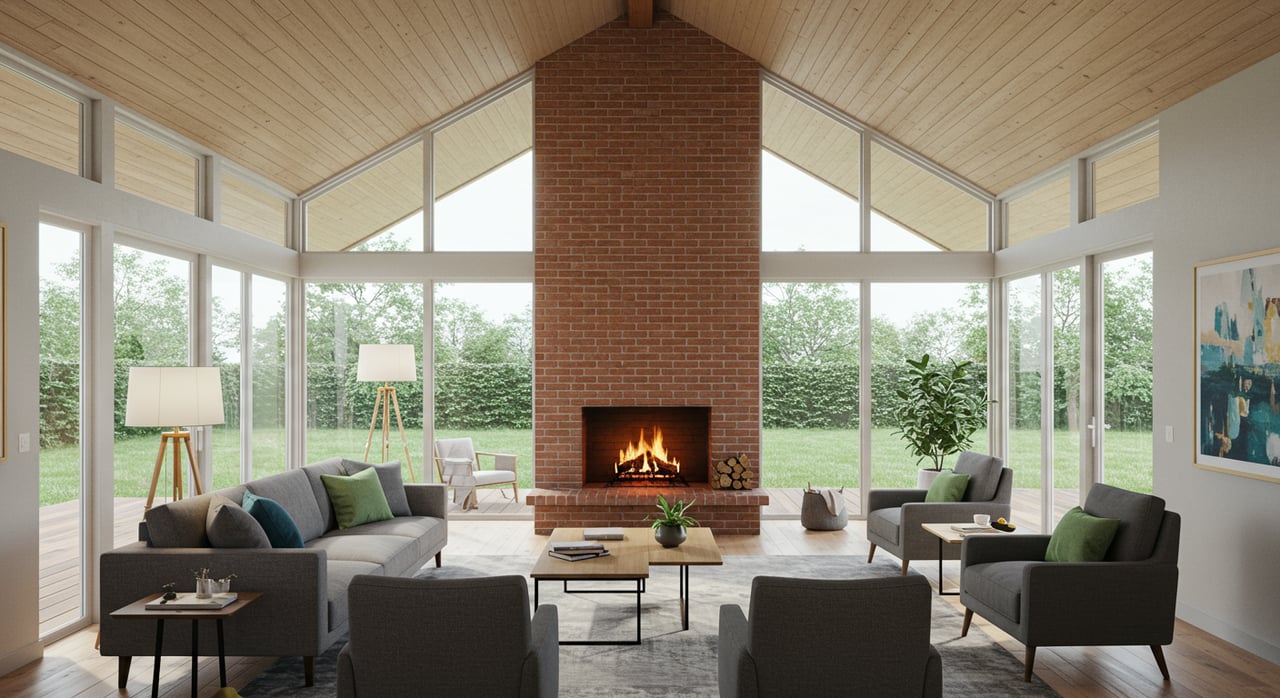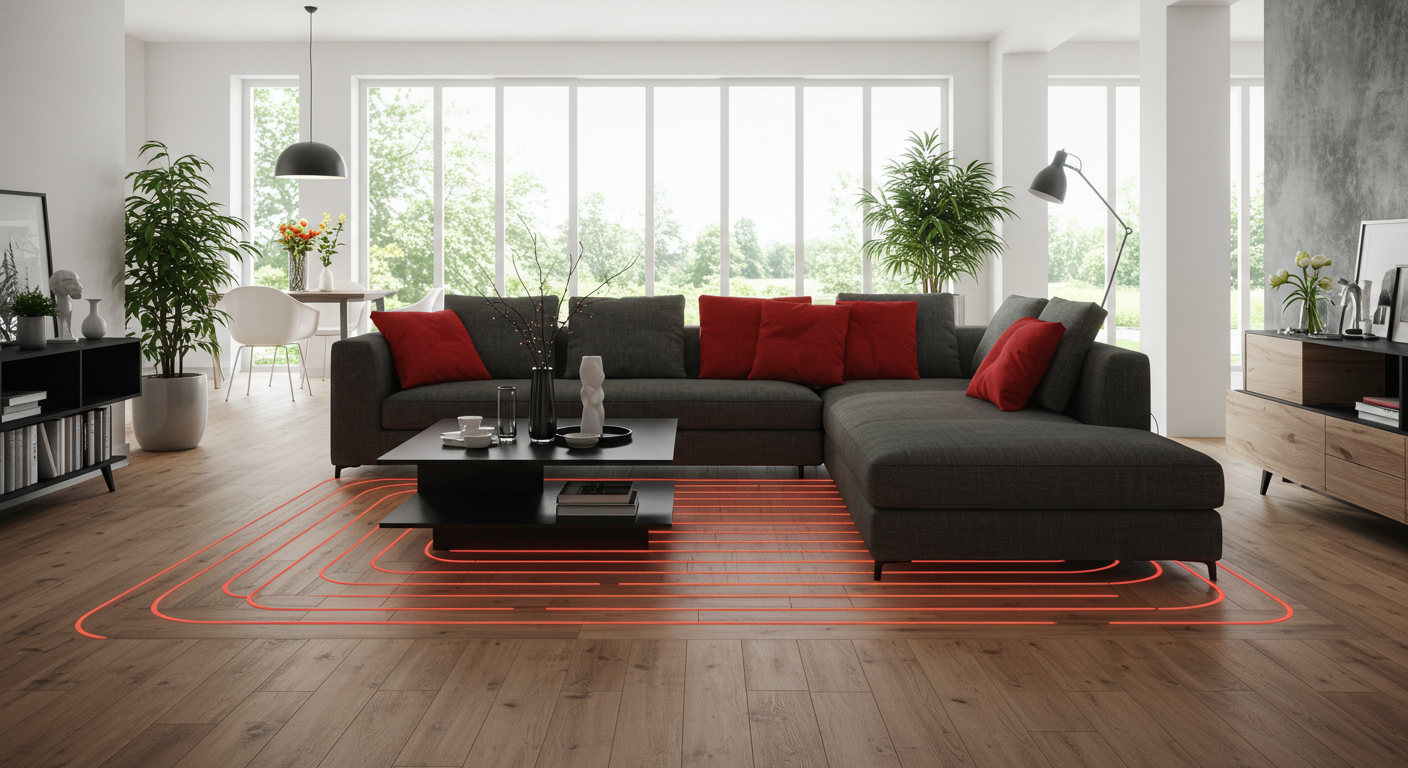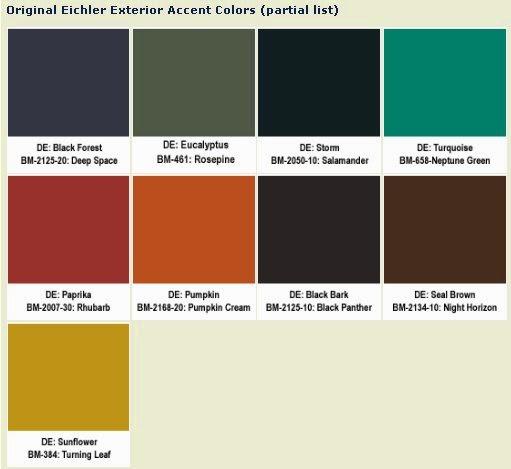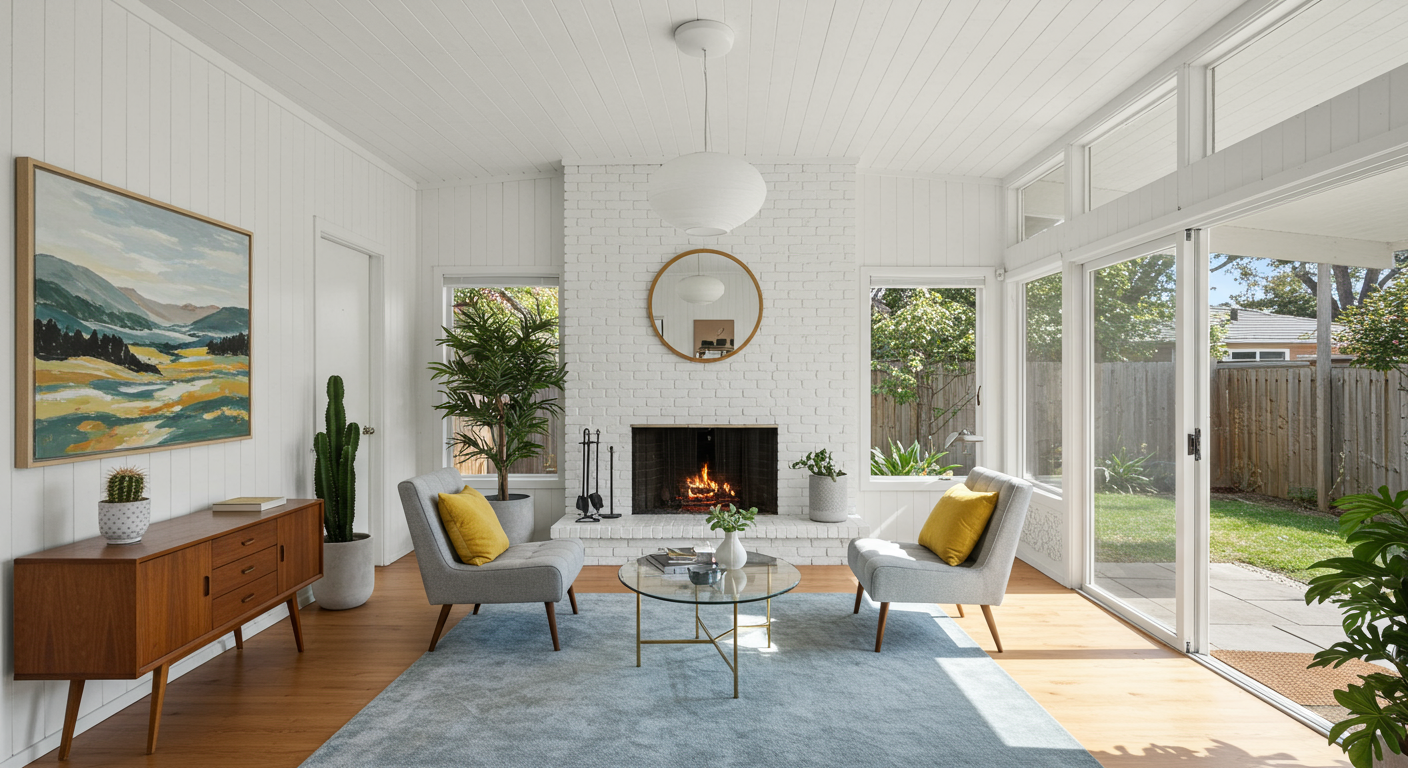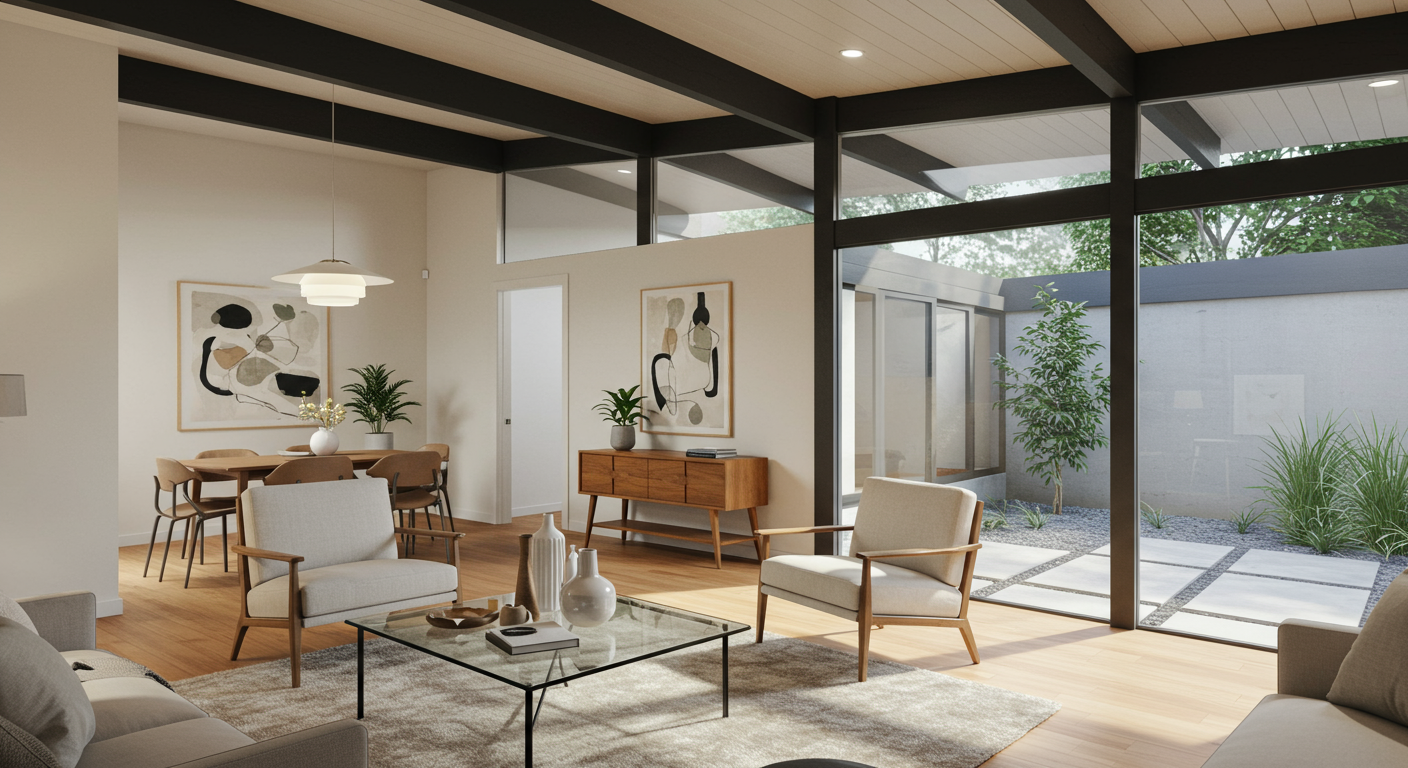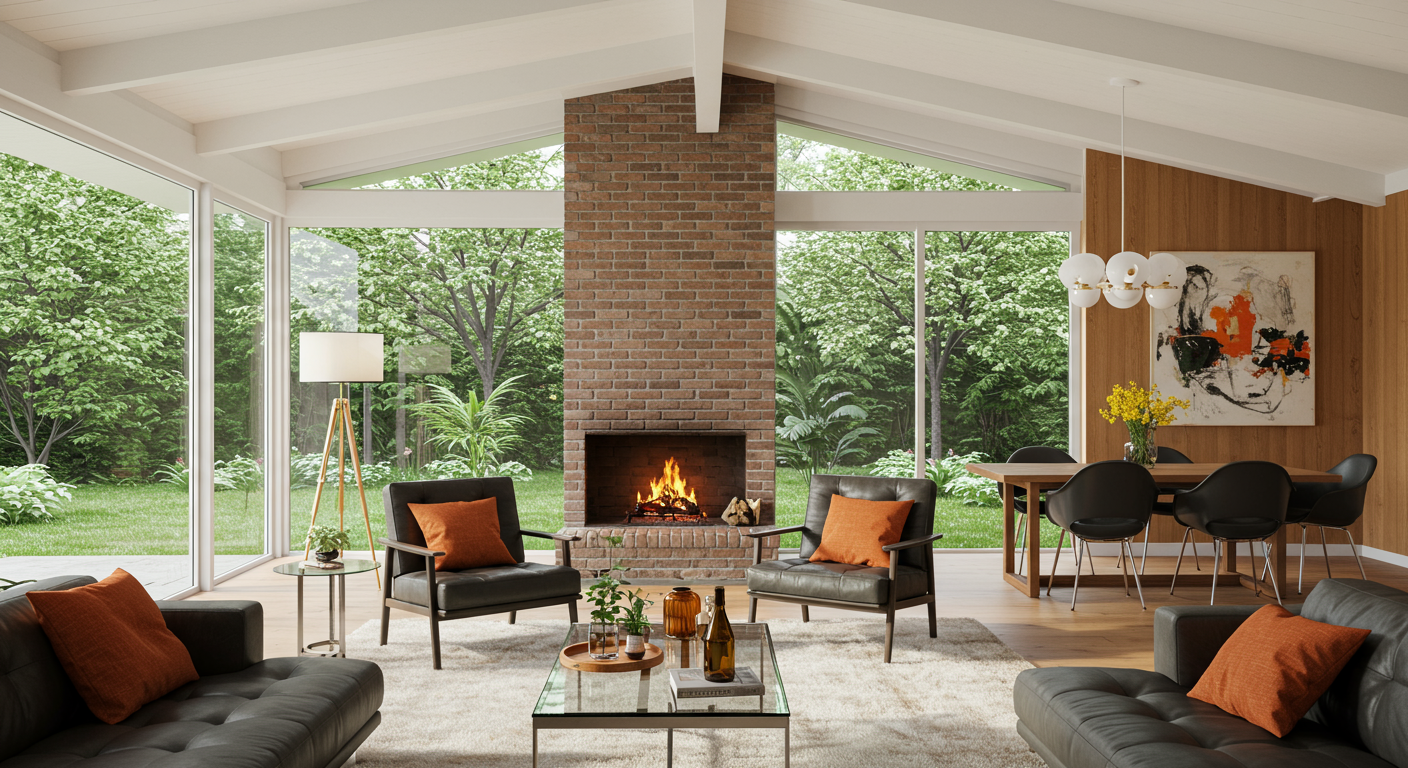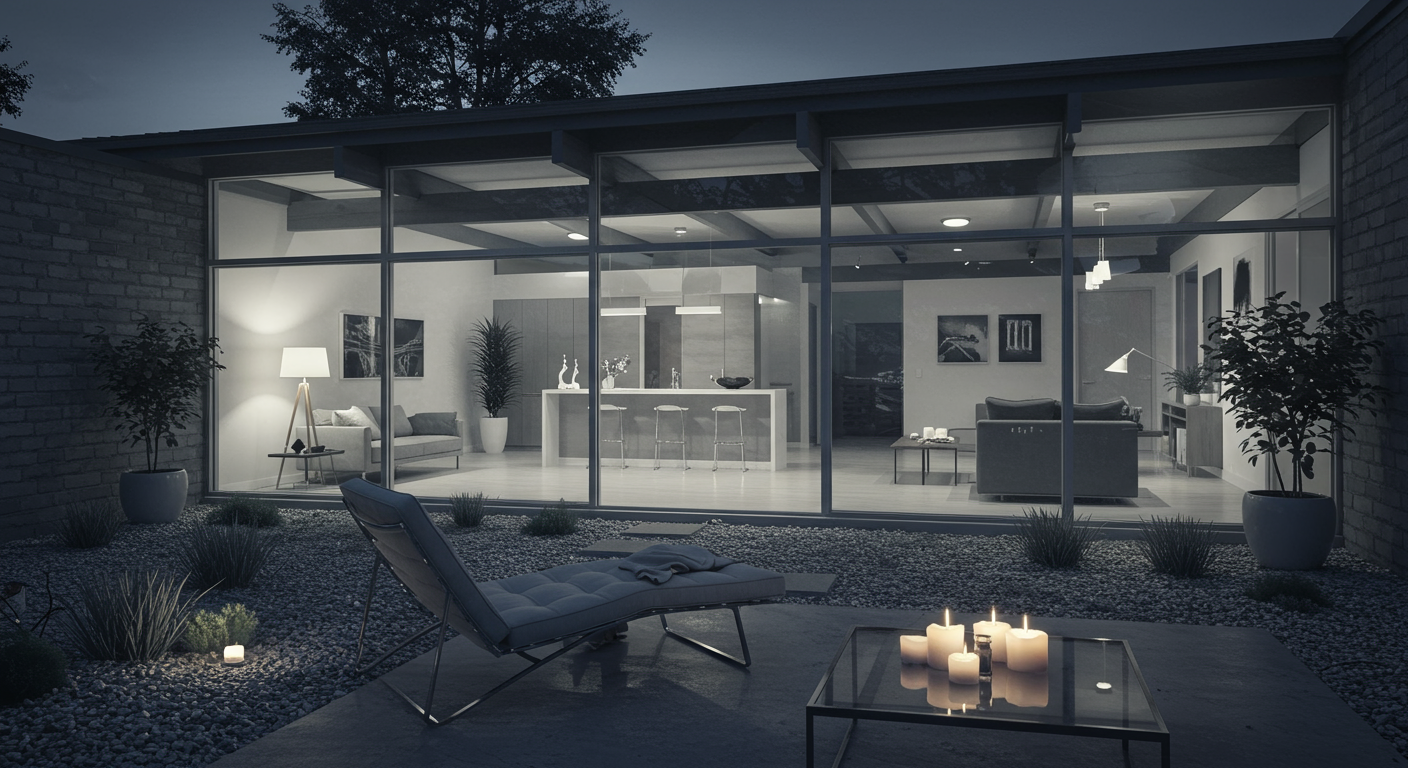
When developer
Joseph Eichler first started building, he probably had no idea that his homes would turn into prized collector’s pieces. Eichler employed a series of talented architects to create beautiful and well-thought-out designs with features such as radiant heating that were not widely used at the time. His contribution to the mid-century modern movement during the 20th century gained worldwide recognition and is still appreciated today amongst Eichler homeowners and architects alike. After several decades of helping a numerous amount of our clients become Eichler enthusiasts, we’ve come to realize that Eichler’s overall philosophy for modernistic designs can be applied to any home in need of a renovation. In other words, you don’t need an actual Eichler home in order to take advantage of his stylistic and aesthetically pleasing design techniques. Keep in mind that there are obvious renovations that may be too costly for you to make, such as his exposed post-and-beam construction and anything related to the actual structure of the home, but you can still apply his design philosophies to the interior of your home. With that being said, here are our suggested design ideas that’ll turn any home into an Eichler-inspired home.
1. Bring the Outside In
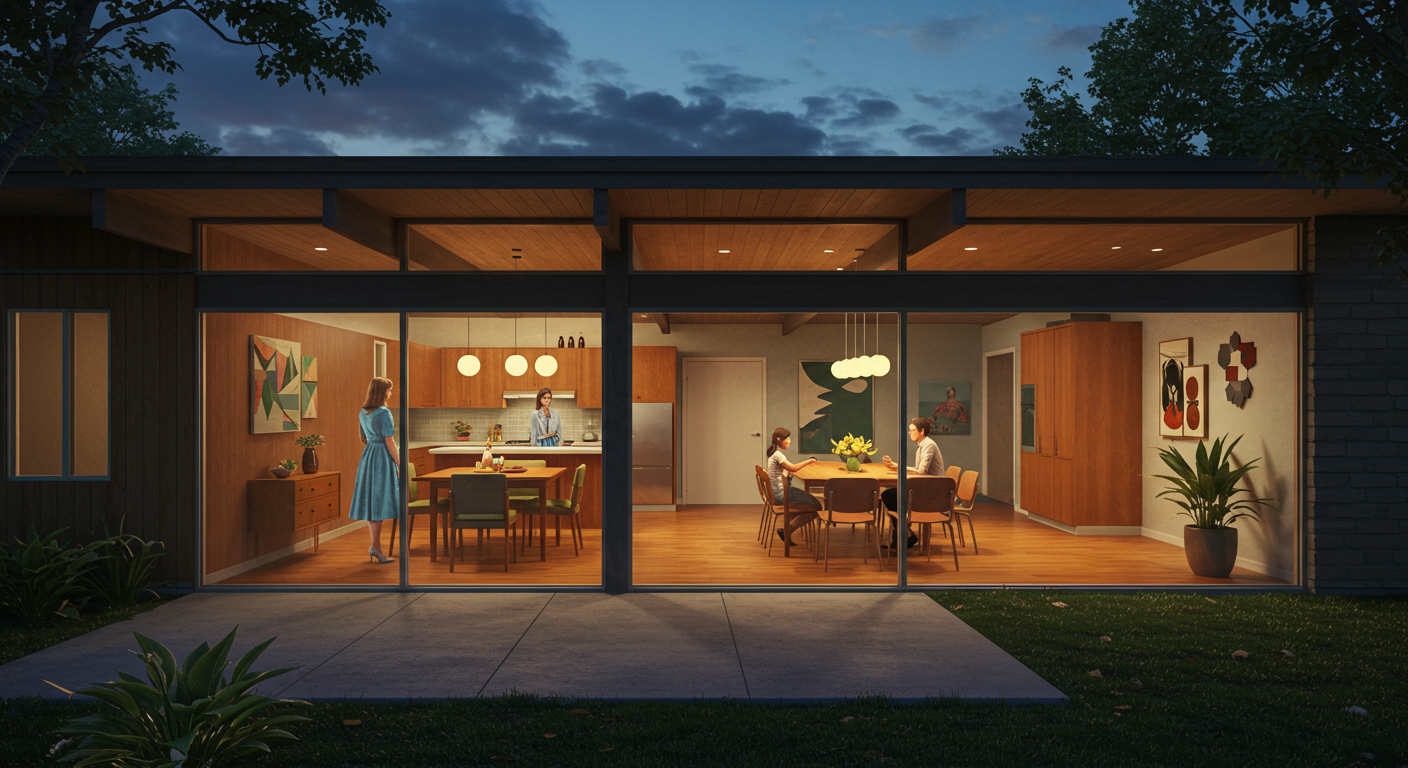
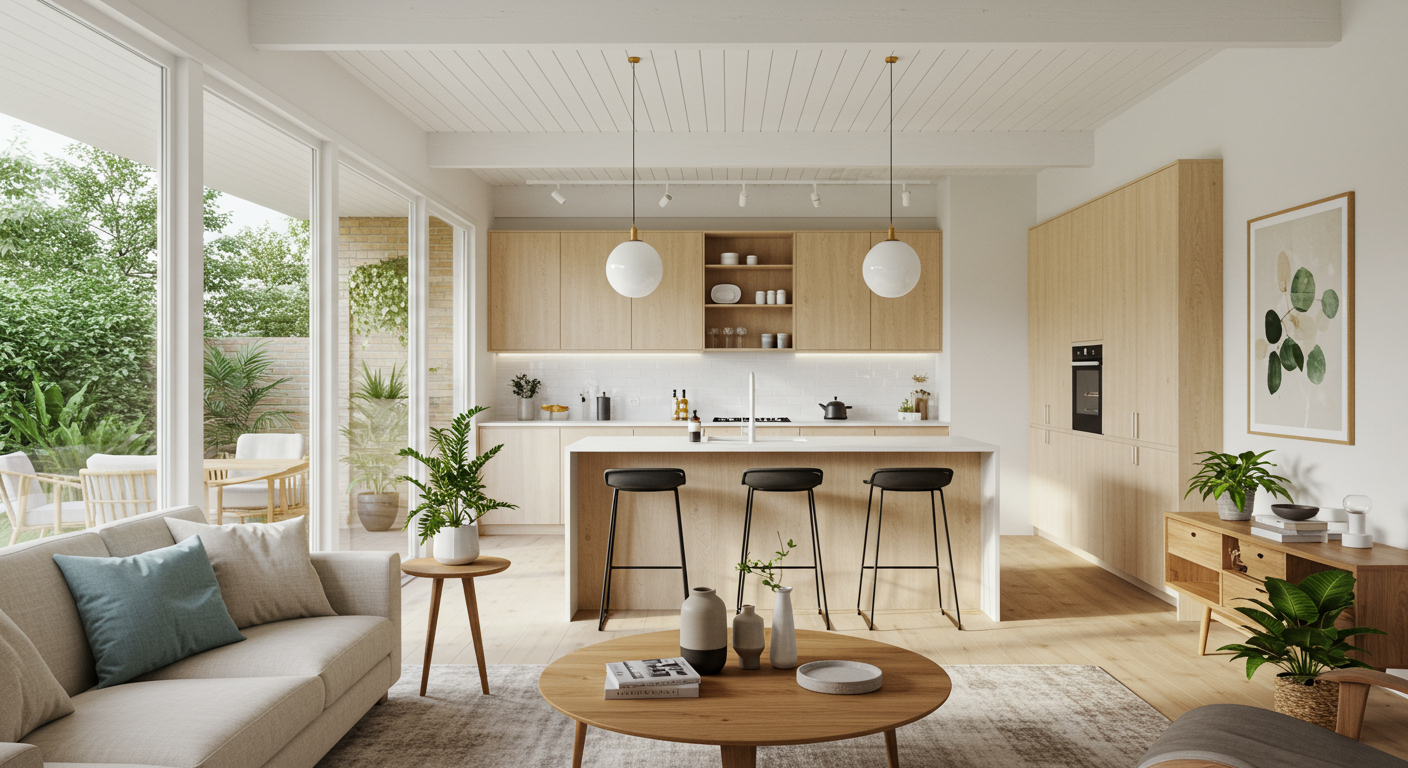
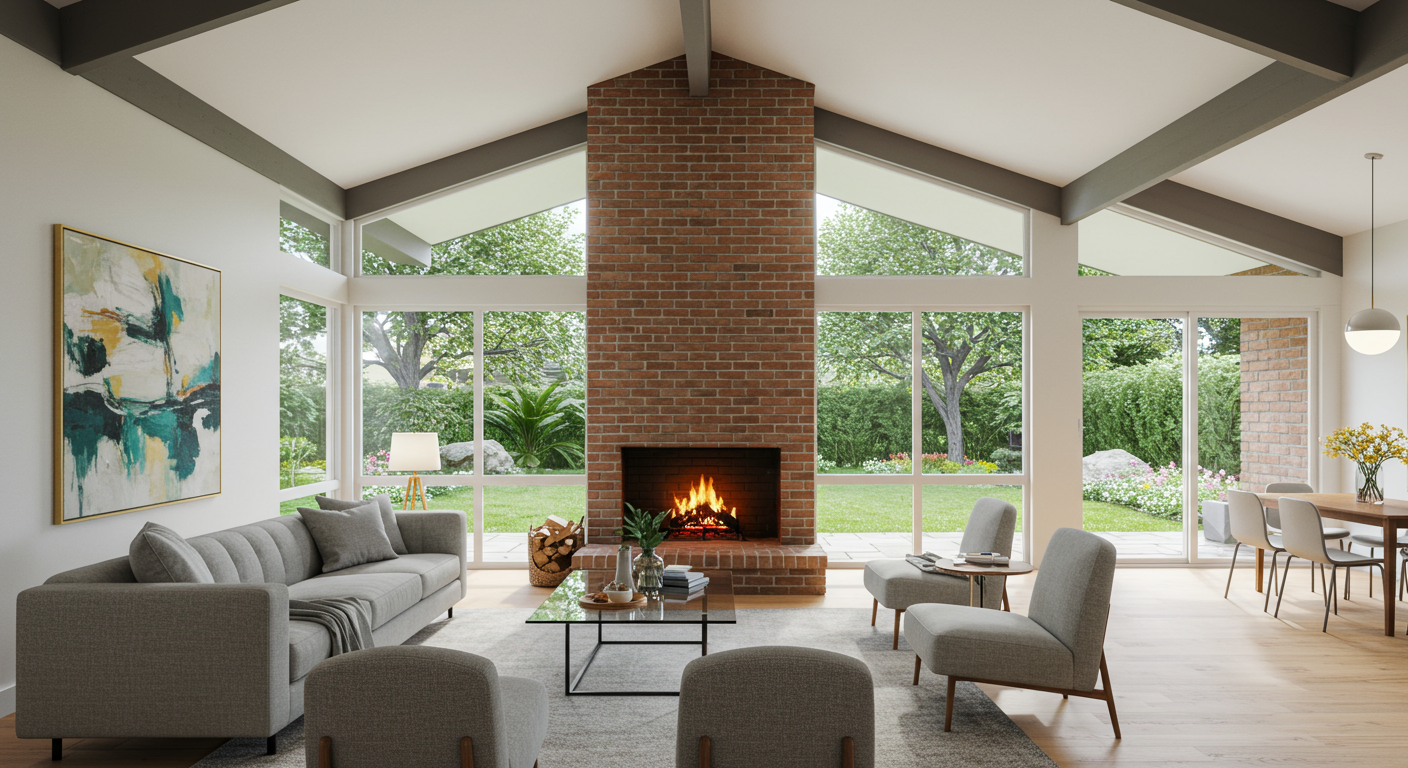
Eichlers are like living in a piece of art. It blends the shelter on the inside with the serenity of nature on the outside so that it’s more than just a residence. “Bringing the outside in” has been one of Eichler’s known philosophies and really ties into the idea of opening the world to Eichler homeowners without requiring them to actually leave home. Whether you have an atrium or not, the openness to nature is always noticeable in an Eichler. Huge floor-to-ceiling windows that double as walls grace the rear of many Eichlers. This has the effect of opening the kitchen and the spare room to the backyard. While Eichler kitchens tend to be small, they never feel small because your gaze is on the world outside. If you have a backyard, make sure you take the time to maintain it and upkeep its visual appeal. Well-placed skylights and transoms also systematically bring the outdoors in. Hallways that would otherwise be dark become bathed in natural light, which complements the wooden tongue-in-groove ceilings, natural wood, and post-and-beam construction. Even the formal dining room found off the kitchen in many homes receives natural light flooding in from the kitchen. So when you’re remodeling your home just remember two key components that’ll allow you to achieve this Eichler philosophy: Natural lighting & Visuals of the outside world.
2. Open Floor Plans
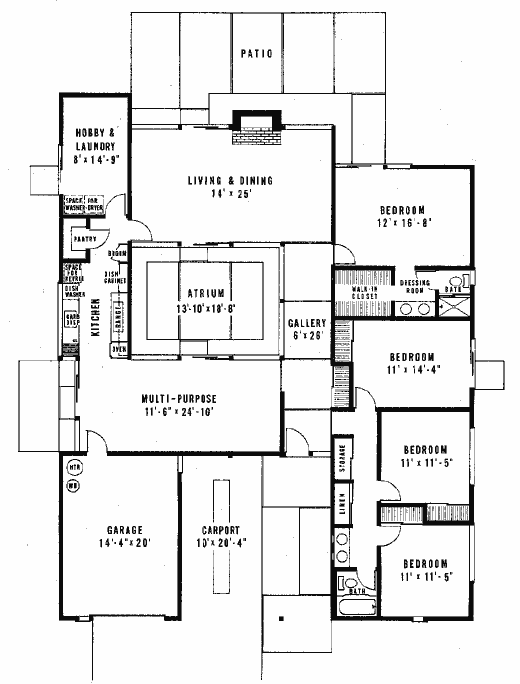
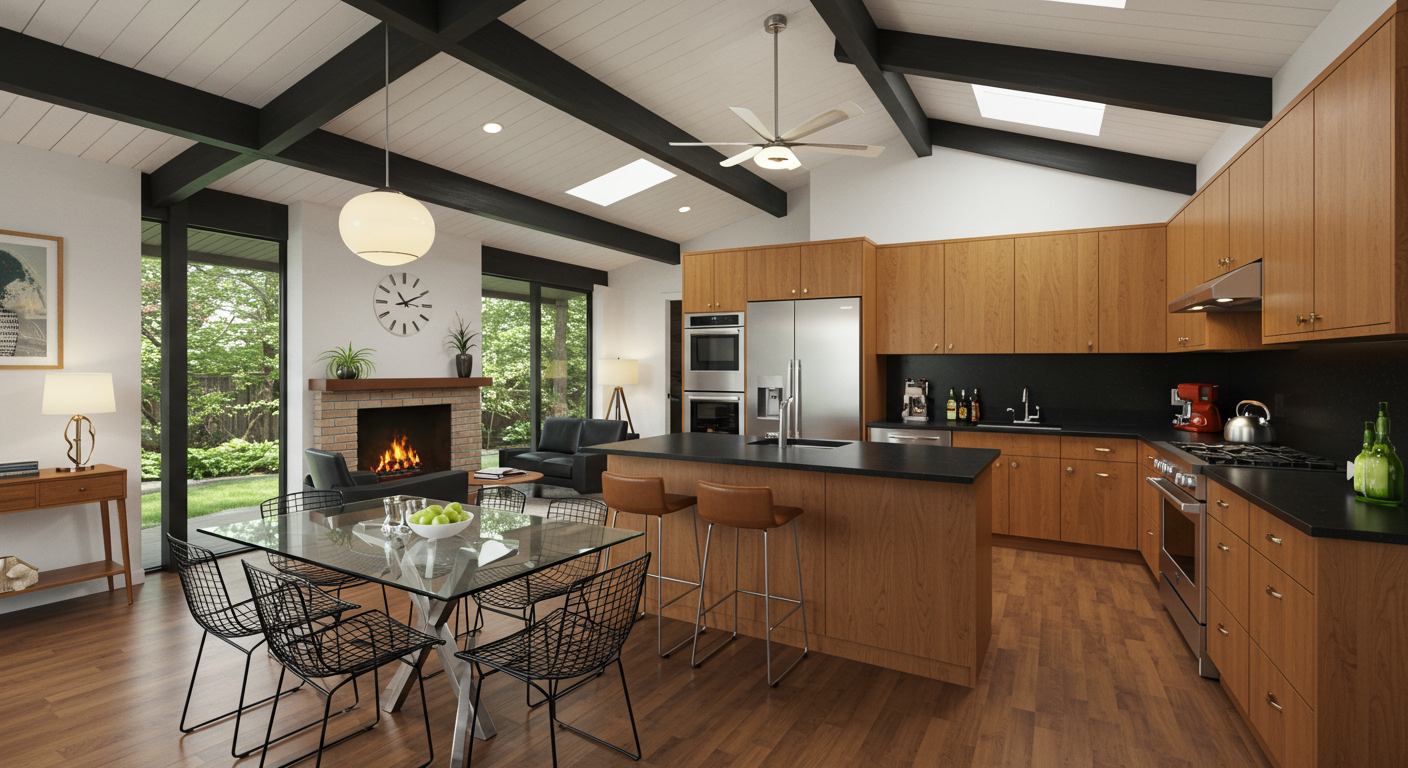
Eichler’s idea behind this open floor plan concept was to encourage a more modern relationship between the kitchen, traditionally considered a working zone, and formal spaces such as the living room and dining room. This type of floor plan combines the kitchen and adjacent living areas into a single, large gathering space where family members and guests can interact during the entire course of a visit, not just during the sit-down meal. An open layout is a great way to maximize space in a small plan and will provide more natural lighting because the removal of interior walls allows sunlight from windows in the exterior walls to permeate throughout the house. Open layouts are becoming more and more popular, making up the majority of today’s bestselling plans. If your existing floor plan isn’t meeting your needs, think about where in the home it can be broken down differently. There are many ways to make the kitchen accessible to the living and dining areas: You can widen a doorway, create a pass-through, knock down the upper half of a wall, or remove an entire wall.
3. In-floor Radiant Heating
Radiant heating systems supply heat directly to the floor or to panels in the wall or ceiling of a house. It’s more efficient than baseboard heating and usually more efficient than forced-air heating because it eliminates duct losses. What usually happens in a conventional forced-air heating system is air blows out of the registers at a well-baked 120 degrees, rises to the top of the room where it quickly sheds heat, then drops back down as it cools. This means that your head can be bathed in warmth while your toes lie in the frozen zone. Also, people with allergies often prefer radiant heat because it doesn’t distribute allergens as forced air systems can.
We recommend hydronic (liquid-based) systems because they use little electricity which is a benefit for homes off the power grid or in areas with high electricity prices. Hydronic systems can use a wide variety of energy sources to heat the liquid, including standard gas- or oil-fired boilers, wood-fired boilers, solar water heaters, or a combination of these sources. However, keep in mind that once the system is in place, it’s best to have hardwood or tile finished floor since the heat would have a hard time getting through the thick padding of carpets. Although hydronic radiant costs more to install than other types of heating systems (can cost anywhere from $6 to $15 per square foot depending on the method and where you live) just remember that once it’s up and running, a radiant system can be up to 30 percent more efficient than forced-air heating, depending on how well insulated a house is. And there’s no comparison when it comes to comfort. In that category, radiant always wins, feet down.
4. Get a Fresh Paint Job
We could spend all day talking about the different paint jobs that’ll make your home look more modern, but we’re saving those details for later. However, we can’t emphasize enough how much this will change the look and feel of your home. A fresh coat of paint can give any room an instant makeover, and one part of the room that lots of people overlook is the ceiling. If you repaint the ceiling in a clean bright white, it will make the entire room look immediately brighter. You can even paint it a similar color to the walls, just go one shade lighter. Remember that in order to create a modern and fresh look, a bright and light base color with added contrasts of accent colors throughout the home is key. And don’t be afraid to go a little bold with the accent colors because greens and oranges are some Eichler favorites! If you want to take it one step further, look at our blog on
Eichler front door colors.
5. Modernize your Furniture
This is probably one of the easier projects you can take on in order to make your home look more like an Eichler. The Mid-century Modern Eichler home style is a unique reminder of the suburban lifestyle of the 1950s and the 1960s and so even the furniture that you consider “outdated” could be revamped into a more modernistic piece. You can even consider updating your entire interior design to match the magic look of Mid-Century Modern homes. Check out our blog on top interior design tips and inspirations for
Eichler and Mid-Century Modern homeowners.